We all know how important it is to stay strong and maintain our health as we age. Our muscles, which make up 40% to 50% of our body mass and hold about 45% of our total protein content, are absolutely crucial. As we get older, muscle mass and strength naturally decline with an acceleration through menopause years. This can lead to a condition called sarcopenia, characterised by reduced muscle quantity and strength, which is linked to an increased risk of disability and even mortality.
Maintaining or increasing muscle quantity and strength is vital throughout our lives. While we often hear about the total amount of protein we should eat daily, new research sheds light on an equally important factor: the evenness of your protein intake throughout the day.
The Latest Research on Protein for Women
A recent study published in Nutrition and Metabolic Insights, conducted on 192 healthy women aged 18 to 79 years, explored how the distribution of protein intake is associated with lean mass, muscle strength, and muscular endurance. This cross-sectional study collected dietary intake information using 3-day food diaries and food frequency questionnaires, dividing the day into three periods: waking to 11:30 AM (breakfast), 11:31 AM to 4:30 PM (lunch), and after 4:30 PM (dinner).
The researchers wanted to see if consistently consuming a certain amount of protein at each meal, rather than just hitting a daily total, had a greater impact on muscle health. This is particularly relevant because dietary intake can decrease significantly with age, due to factors like reduced taste perception, oral health issues, and difficulty chewing, which can predispose older adults to malnutrition and speed up the development of sarcopenia. Protein is especially interesting because its amino acids directly activate pathways that lead to muscle protein synthesis.
Key Findings for Your Muscle Health:
The study revealed some compelling insights into how women can optimise their protein intake:
- Evenness of protein intake is positively associated with lean mass, muscle strength, and muscular endurance in women. This means spreading your protein out throughout the day truly makes a difference.
- Hitting at least 25 grams of protein per meal period (breakfast, lunch, or dinner) was positively associated with increased lean mass, upper-body strength (like handgrip strength), and lower-body strength. Another study highlighted that only 26% of UK women over 65 met the 25g target at breakfast so keep a close eye on your morning protein consumption! (PMID: 32059533).
- Evenness of protein intake maximises the anabolic response to dietary protein (i.e. to facilitate repair and growth), which benefits both muscle mass and overall performance.
- For those under 60 years old, consuming at least 0.24 grams of protein per kilogram of body weight per meal period was related to lean mass, upper-body strength, and lower-body endurance. For women aged 60 and older, this threshold was higher, at 0.4 grams of protein per kilogram of body weight per meal period, showing similar benefits.
- Interestingly, the study found that evenness of dietary protein intake was not related to percent body fat. It appears to be primarily beneficial for preserving or increasing lean muscle mass.
While some previous protein recommendations (like 0.24 g/kg and 0.4 g/kg per meal) were based on studies in men, this research suggests that for women under 60, intakes greater than 0.24 g/kg per meal might be needed for lower-body strength benefits, though 0.24 g/kg might be enough for lower-body muscular endurance. More research is needed to pinpoint the exact per-meal protein thresholds specifically for women, particularly older women and of course this will change based on factors such as activity level and goals.
What This Means for You: Practical Steps
Having adequate and well-distributed dietary protein is a well-tolerated method to help mitigate muscle loss associated with aging. Instead of focusing solely on your total daily protein, consider these actionable steps:
- Distribute your protein intake throughout the day. Aim to include a significant source of protein at breakfast, lunch, and dinner. And don’t forget about high protein snacks to hit your total daily requirements if falling short.
- Target at least 25 grams or more of protein per meal. This amount is thought to be sufficient for muscle protein synthesis and was positively associated with lean mass and strength in this study. Adjust this amount based on your age and activity level.
- If you're looking for more precise targets based on your body weight, consider consuming a minimum of 0.24 g/kg of protein per meal period if you're under 60, and at least 0.4 g/kg per meal period if you're 60 or older. For a 70 kg woman, 0.24 g/kg would be about 16.8 grams per meal, and 0.4 g/kg would be 28 grams per meal. Given the study's findings, aiming for more than 0.24 g/kg might be beneficial for lower-body strength if you're under 60. If you are active and strength training and/or going through peri-meonopause or post-menopause, this figure needs to be higher!
- Don't forget other important nutrients! While protein is key, fatty acids, vitamin D, antioxidants, and minerals like iron, magnesium, calcium, selenium, and zinc are also important for preserving muscle quantity and strength.
By consciously spreading your protein intake throughout your day, you can help maximise your body's ability to build and maintain lean muscle, contributing to your strength and vitality for years to come!

Written by: Rachel Prince | Co-Founder & Women’s Health Exercise Specialist





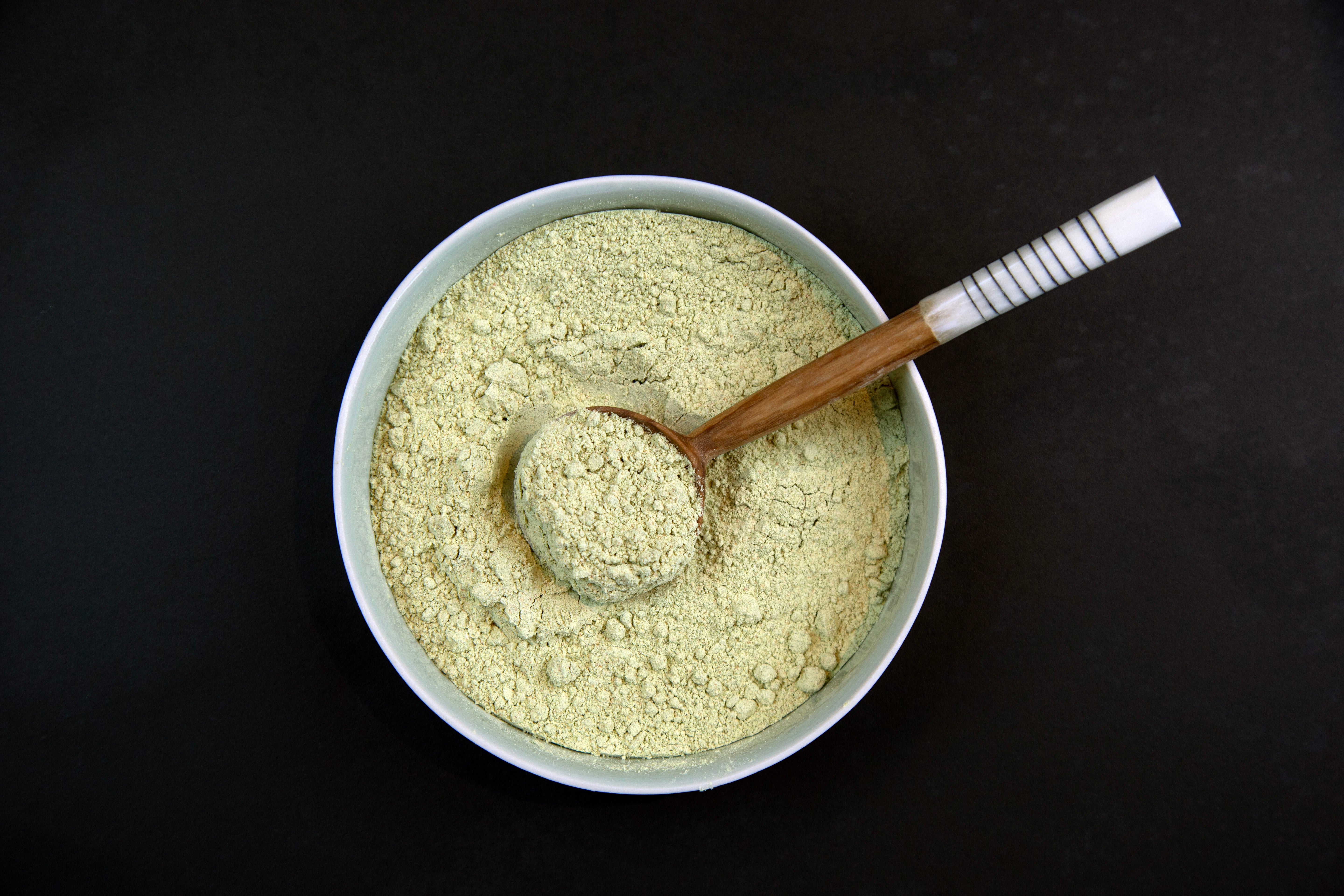
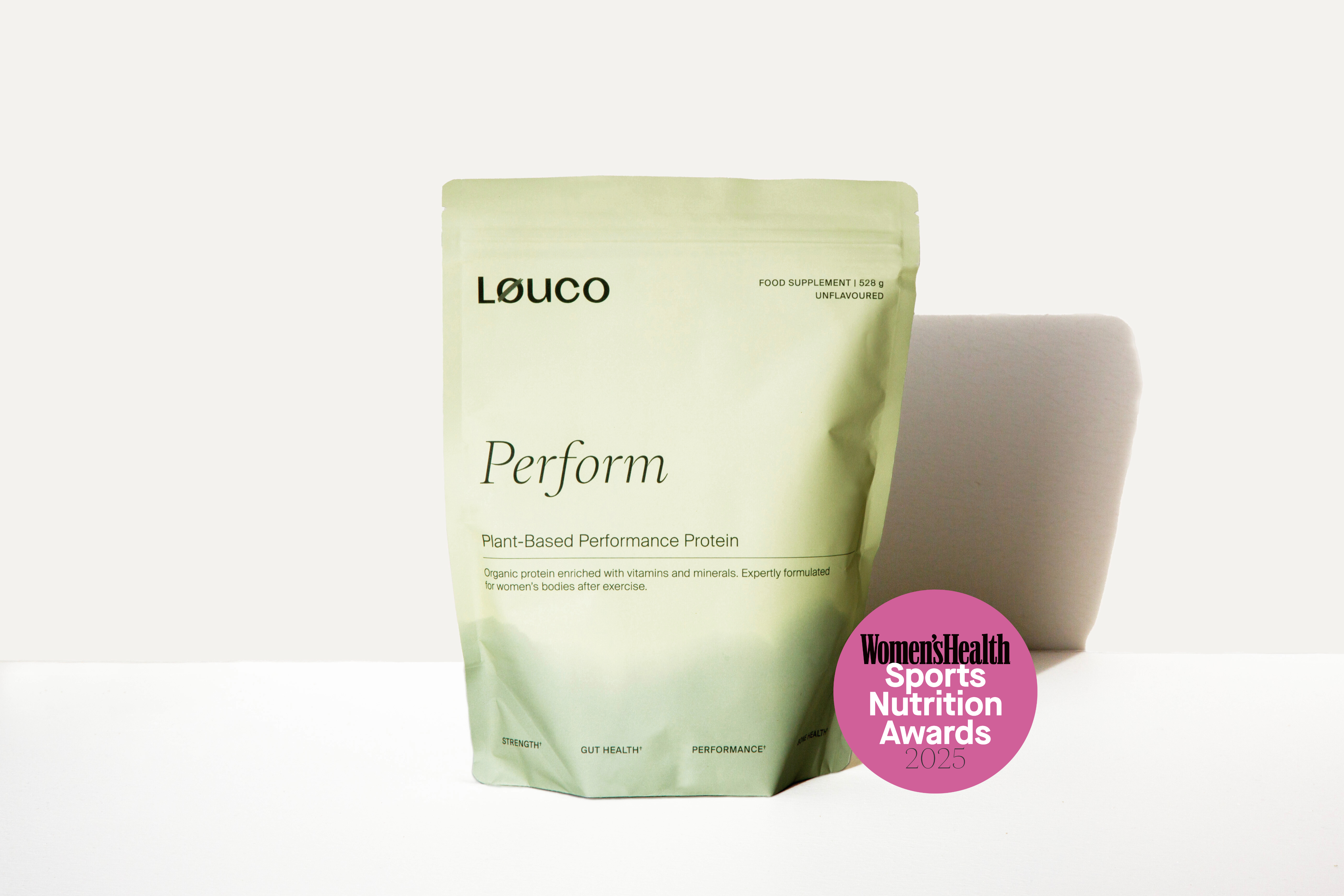
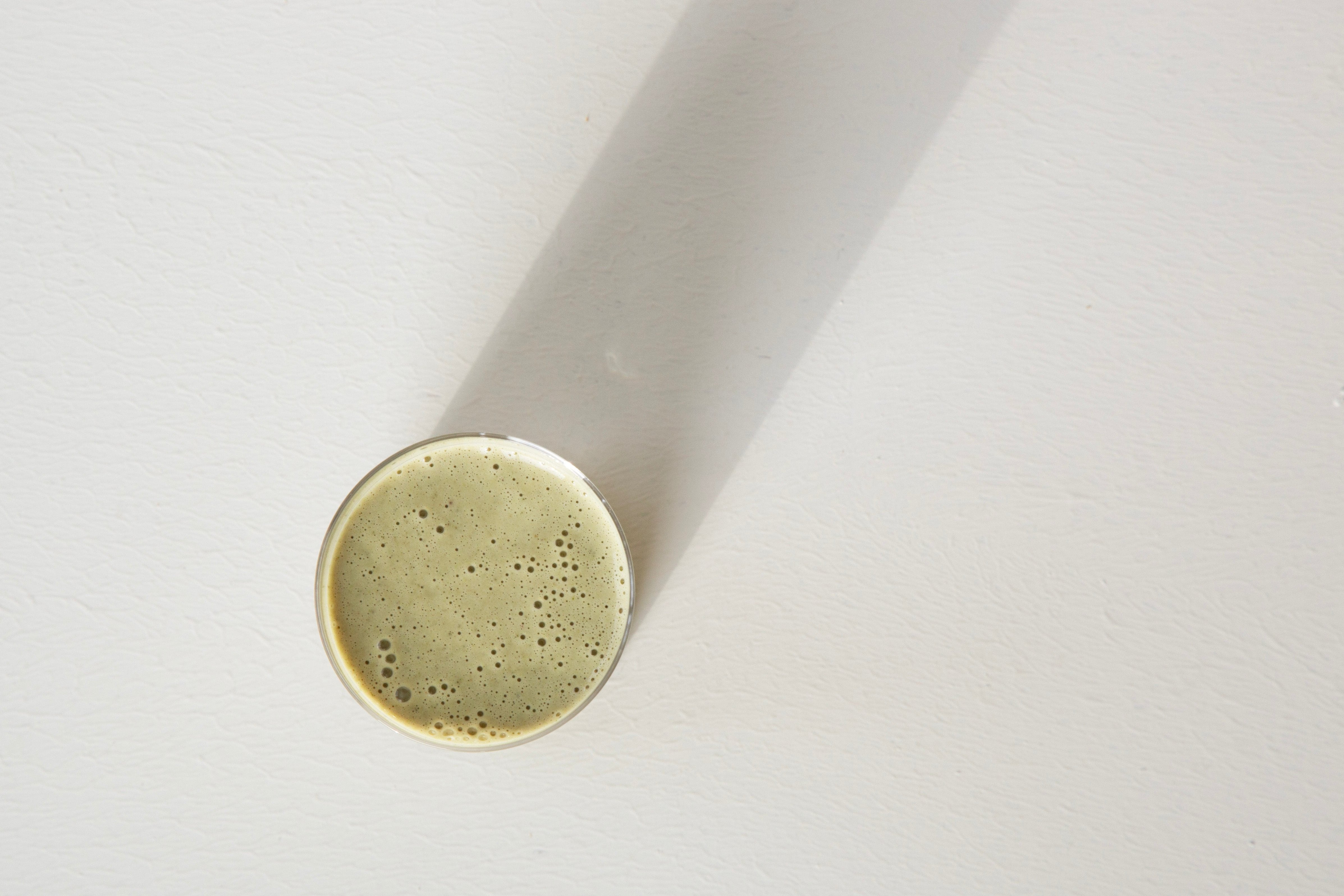
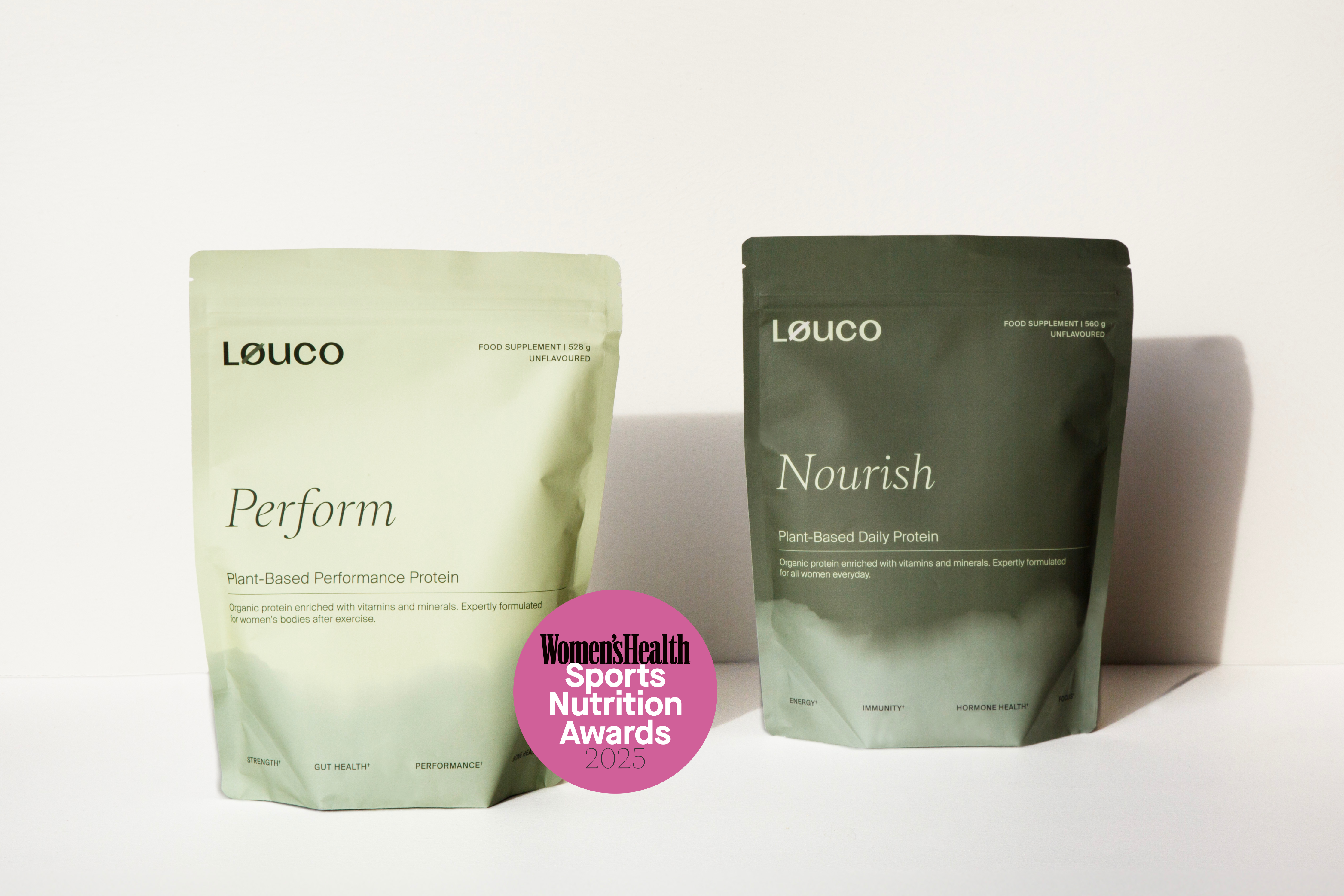
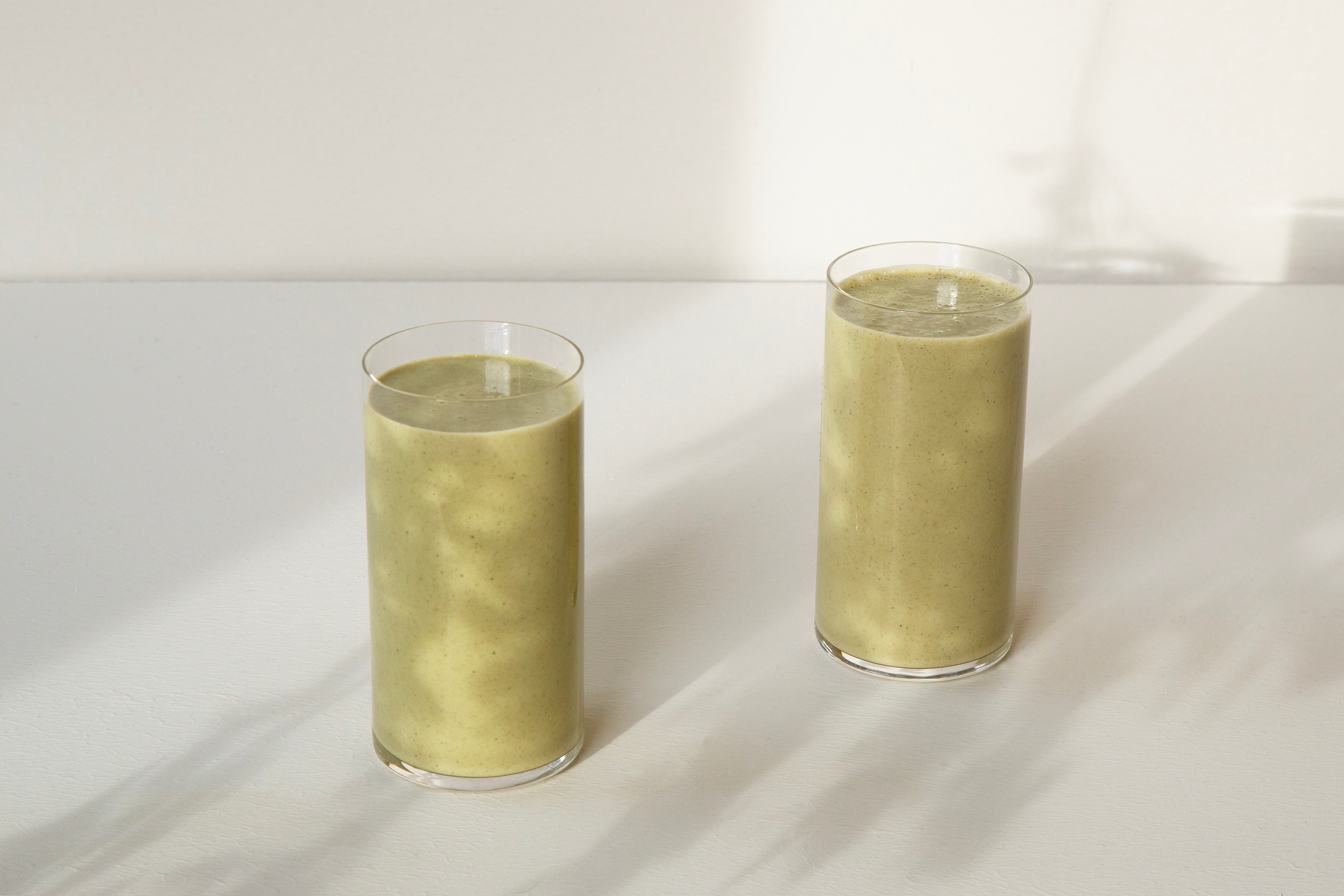

Leave a comment